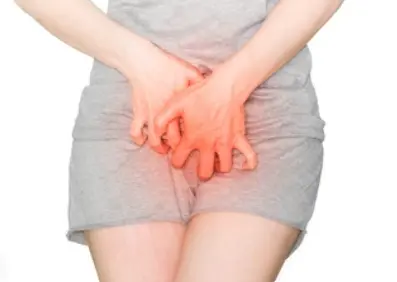 Welcome
Welcome
“May all be happy, may all be healed, may all be at peace and may no one ever suffer."
Severe burns - Generics
Severe burns can be a life-threatening condition that requires immediate medical attention. Burns can be caused by heat, electricity, chemicals, or radiation, and their severity depends on the depth and extent of tissue damage.
If you or someone else has a severe burn, follow these steps:
- Call for emergency medical assistance: Burns can be life-threatening, and it's important to seek medical attention as soon as possible.
- Remove the source of the burn: If possible, remove the source of the burn, such as a hot object or clothing that is on fire.
- Cool the burn: Run cool (not cold) water over the burn for 10-15 minutes or until the pain subsides. Do not use ice or butter, as this can damage the skin.
- Cover the burn: Cover the burn with a clean, dry cloth or sterile gauze to protect it from infection.
- Elevate the affected area: If the burn is on a limb, elevate it above the heart to help reduce swelling.
- Monitor for shock: Burns can cause shock, which can be life-threatening. If the person shows signs of shock, such as pale skin, rapid breathing, or a weak pulse, lay them down and elevate their feet.
- Do not break blisters: If the burn forms blisters, do not break them, as this can increase the risk of infection.
Treatment for severe burns may involve hospitalization, surgery, and medications to manage pain and prevent infection. The treatment plan will depend on the severity and extent of the burn. In some cases, skin grafting may be necessary to help the burn heal and reduce scarring. Rehabilitation and physical therapy may also be necessary to help the person regain function and mobility.

Varicella infection

Pulmonary hemorrhage

Babesiosis

Acute salmonellosis

Topical anesthesia

Vaginal or rectal irritat...

Epilepsy

Erectile dysfunction
Severe burns, গুরুতর পোড়া
To be happy, beautiful, healthy, wealthy, hale and long-lived stay with DM3S.